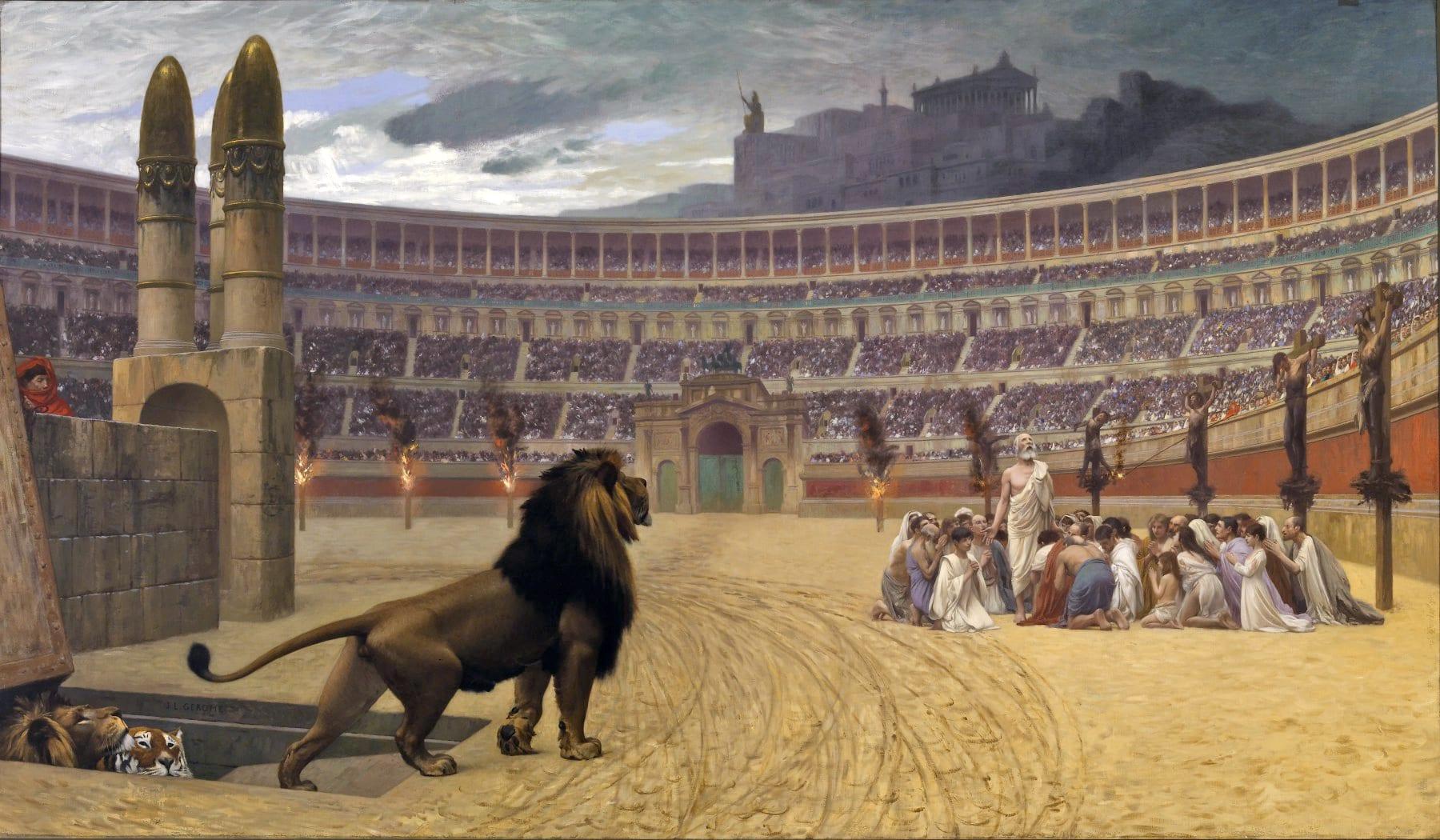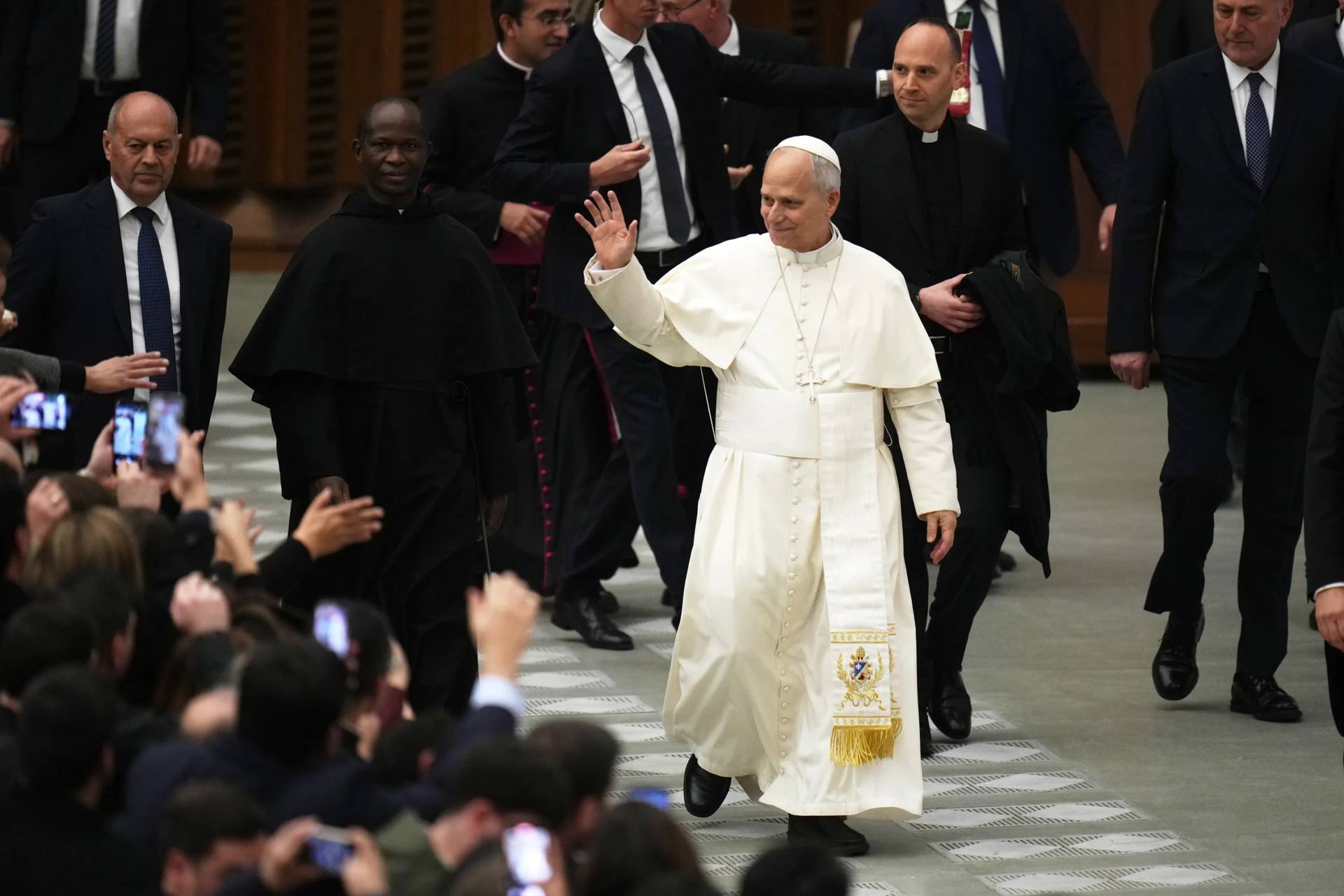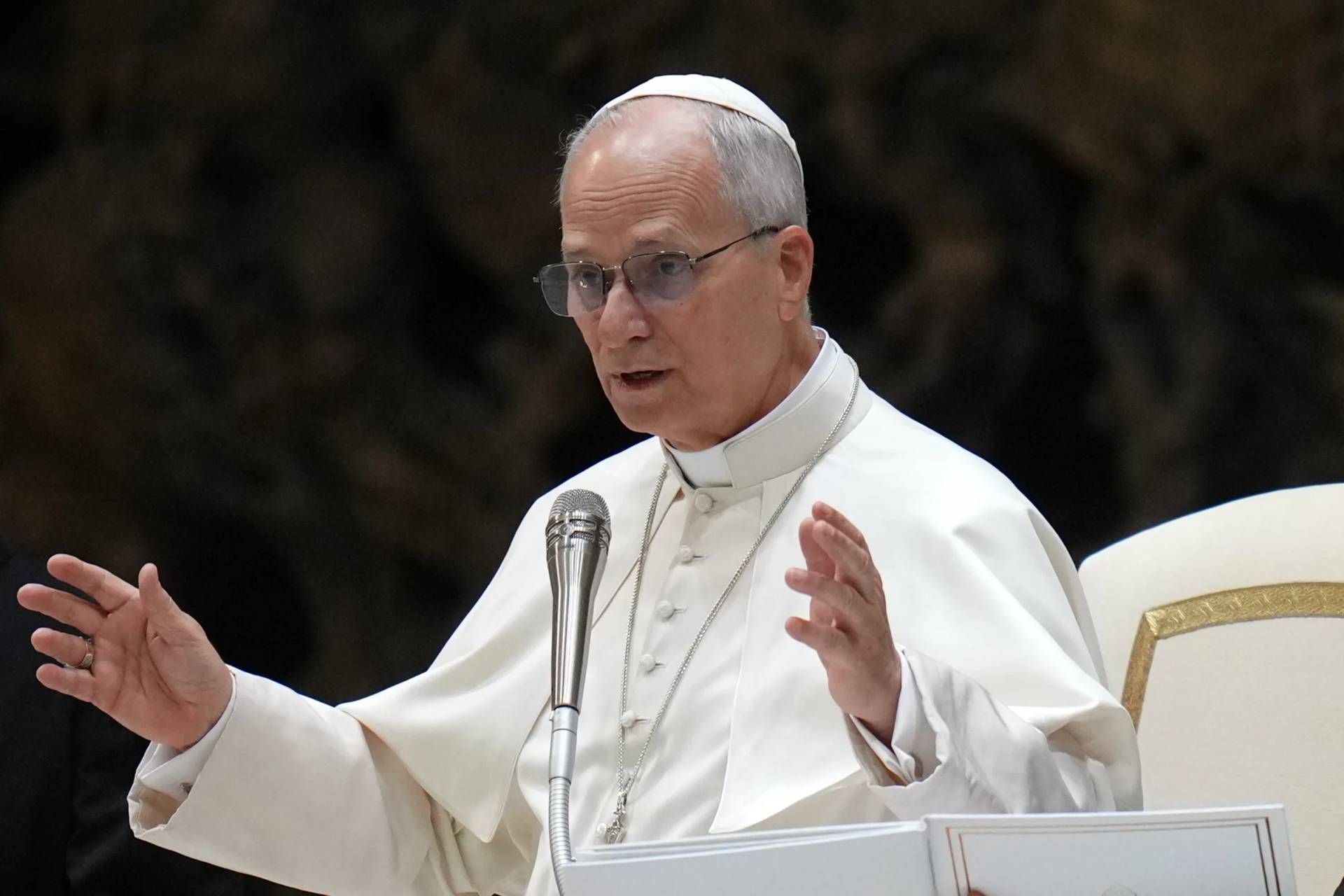[Editor’s note: This is the second piece in a two-part essay by Charles Mercier. Part one is available here.]
If Brent Shaw convinces us to be skeptical that emperor Nero instituted Roman persecution of Christianity by falsely holding Christians responsible for the fire in Rome in 64 AD, what then?
Shaw concludes that we should excise the Neronian persecution from academic histories of early Christianity. But what of revision to Catholic self-understanding?
On June 30 Catholic liturgy celebrates those Neronian martyrs. It is the one Catholic feast day based on the authority of an ancient Roman historian: the Office for that day cites Tacitus Annals 15 and conflates it with the first letter of Clement 5-7, which becomes the feast’s second reading.
Even so, the memorial of the Protomartyrs of Rome is not of long tradition. It goes back only to the reform of the Calendar in 1969, intended as a general remembrance of all early martyrs on the day after that of Sts. Peter and Paul, June 29.
Awareness of the Neronian martyrs in Catholic liturgy goes back only to the Renaissance, to the time of Cardinal Cesare Baronio (1538-1607), who put them in the Martyrology. He was the Oratorian who, encouraged to scholarship by St. Philip Neri, became the leading Catholic Counter-Reformation historian.
His 12 volumes of Annales Ecclesiastici (1588-1607) were a response to the Protestant historiography of the Magdeburg Centuries (1559-1574).
In Renaissance historiographic style, Baronio attempted chronology, the matching up and integrating of Christian and secular history drawing critically from sources and documents.
In his treatment of the fire of 64 (which he dates to 66) he quotes the entirety of Tacitus’s treatment, even an inscription (from the time of Domitian, attesting that there was a fire), and, less judiciously, the satirist Juvenal and the pseudo-Senecan letter to St. Paul.
For Baronio, Tacitus’s hostility to Christianity enhances his authority (“Who knew better the arts of Nero?”). Reliance on Classical sources was a historiographical strength of Baronio’s work, but strength becomes weakness when Tacitus is interrogated inadequately.
Baronio’s work on the fire and Neronian persecution informed his revision of the new edition of the Roman martyrology (1586), to which he added the Neronian martyrs, who had not appeared in more ancient martyrologies.
The passage on the Neronian martyrs was assigned to be read on June 24, the feast of the Nativity of John the Baptist. “Pagan historians, themselves enemies of the Christian name, are witnesses,” it reads, “compelled by the truth of history.”
Baronio’s trust in Tacitus and conflation of it with 1 Clement remain in our Office books to this day.
Catholic knowledge of the Neronian martyrs accordingly emerged in an anti-Protestant project, though Magdeburg Century 1 accepted the Neronian persecution on the authority of Tacitus and Tertullian, and the matter of early Roman martyrs continued as a topic of polemic.
For one example, the Anglo-Irish theologian Henry Dodwell in Dissertationes Cyprianicae XI (1682) argued that there were few early Christian martyrs on the grounds that so few names are preserved in ancient lists. Updated editions of Baronio’s Annales responded that many records were lost in times of persecution.
In our moment, in the face of radical Islam, the notion of martyrdom continues to occasion polemic, now between those who recognize the ultimate heroism in being killed by enemies of the faith and those who see for Christians a spiritual hazard in constructing and hating an enemy.
This July in the New York Times an article that advocated restraint when declaring the killing of Father Jacques Hamel a martyrdom, “Leave ‘Martyrdom’ to the Jihadists,” prompted vehement responses, one of which demonstrated how central the figure of Nero remains to our thinking.
Ed Morrissey tweeted sarcastically, “Let’s not canonize the martyrs in Rome, lest we be seen as competing with Nero’s claims of divinity,” carelessly begging several questions at once. The cause for Hamel’s beatification was opened in October.
The notion of the Neronian persecution has also provided a location in time for the deaths of Sts. Peter and Paul in Rome, about which Acts of the Apostles and Scripture generally are entirely silent. But if there wasn’t one, then they died under other circumstances?
We need to recognize that ancient Christians were as prone as their pagan peers, and even as their modern successors, to devise fiction to fill in gaps of what we know about the past. A sharp distinction between fiction and documentary history is itself a modern construction.
Modern Christians now have both historiographical and theological resources with which to resist overconfidence in the scanty evidence that supplements Scripture, even in an edifying way, and accept the limits of Scripture as history (on the matter, say, of how Peter and Paul ended), even while it tells us as much as we need “for the sake of our salvation,” in the words of the Conciliar “Dei Verbum.”
Stripping legend from history (or doubtful celebrations from the Ordo), if called for, is not in itself to undermine Catholic faith, particularly for those fortified by the Conciliar “Sacrosanctum Concilium” (“The accounts of martyrdom or the lives of the saints are to accord with the facts of history”) or John Paul’s purification of memory (“Truth cannot contradict truth”).
To have applied the Neronian scenario from Tacitus actually distorts what the sacred writer wrote about Paul. In Acts 21, as Shaw points out, Paul is at legal risk not for Christianity, but for fomenting civil disturbance (staseis), having been confused initially with a seditious Egyptian rioter. Acts presents his case in what is recognizably the ordinary course of Roman law.
On Luke’s evidence, the case could have concluded in Rome with Paul’s execution before 64 AD on those grounds alone, before Roman authority had articulated any policy against Christianity per se. Overall, Acts does not present a Roman official who takes Christianity in itself as a punishable offense.
Paul evangelized in a time and place where religious practice was sanctioned by the Senate and therefore religious and political crime were indistinct. It is difficult for us to distinguish persecution for Christianity in the mid-first century empire from trial for sedition.
And the choice given Christians later in the empire, as Pliny’s Christians 50 years later and St. Justin Martyr 100 years later — burn incense to the emperor or be executed — was likely devised too late to be given to Paul.
If we detach Tacitus’s Neronian persecution from his story, we are left without evidence to know the immediate circumstances of his death (leaving aside the question of whether a “persecution” of “Christians” occurred if Nero’s victims were targeted conveniently as followers of Jesus, indistinguishable to the Roman official mind from Jews, but executed as arsonists.).
Was Hamel given a choice to deny Christ and save his life? Does it matter?
Jihadists possibly killed Hamel with more anti-Christian understanding and purpose than that with which Romans of the time executed St. Paul. Yet if we question the authority of Tacitus on the Neronian persecution, we are not denying that St. Paul was a martyr. He gave his life for the faith under a complex set of circumstances not entirely recoverable by the evidence we have.
(Even so, if Roman government had not yet formulated an explicitly anti-Christian policy, anti-Christianity still played its part in the death of Paul, insofar as, by the evidence of Acts, anti-Christian Jewish authorities represented him to Roman authorities as a political subversive.)
Rather than latch onto Tacitus as a way of simplifying the matter (perhaps falsely), it is preferable to cultivate a capacious understanding of “martyrdom,” and Catholic liturgy provides resources for that.
On August 29, the Beheading of John the Baptist, we read from Venerable Bede: “John’s persecutor had demanded not that he should deny Christ, but only that he should keep silent about the truth. Nevertheless, he died for Christ. Does Christ not say: I am the truth? Therefore, because John shed his blood for the truth, he surely died for Christ.”
(Similarly Justin Martyr and other second century AD Christian writers claimed even Socrates as a sort of Christian martyr.)
From Bernard of Clairvaux on September 15, Our Lady of Sorrows, we read that Mary, too, was a “martyr in spirit” (martyr in anima). “The martyrdom (martyrium) of the Virgin is set forth both in the prophecy of Simeon and in the actual story of our Lord’s passion.”
John Paul II promoted the notion of “martyrs of charity” — Sts. Edith Stein and Maximilian Kolbe are martyrs only by way of an expanded formulation — and the recovery of the New Testament meaning of “martyrdom” as radical witness, to which all baptized are called, under whatever circumstances providence arranges that we die.
And if we question whether Nero’s, or Domitian’s, persecution actually happened, we are not saying that all Roman persecution of Christians through centuries is a myth, a polemicized matter to pursue another time.
Those most committed to the truth of Christian martyrdom past and present should be those most eager truthfully to respect the limits of evidence and decline to use self-interest as a criterion when evaluating it.
This past summer at a garden party a wise Roman historian, when I said I was trying to figure out whether Nero had persecuted Christians, told me, “There are some things we cannot know.” That is perhaps the most honest and responsible conclusion when we consider whether to accept or be skeptical of the information of Tacitus on the matter of the Neronian persecution.
Much, anyway, of what we know of ancient history is tentative, fragile, and limited, a fact hard to accept especially when it involves something we care dearly about.
But if Christians today still face martyrdom, they have good reason to cultivate hostile alterity with radical Islam. Even so, it would be unseemly at the same time to take any comfort in an uncritical attitude to history.
















